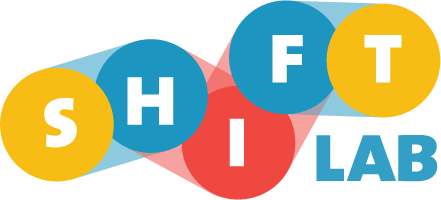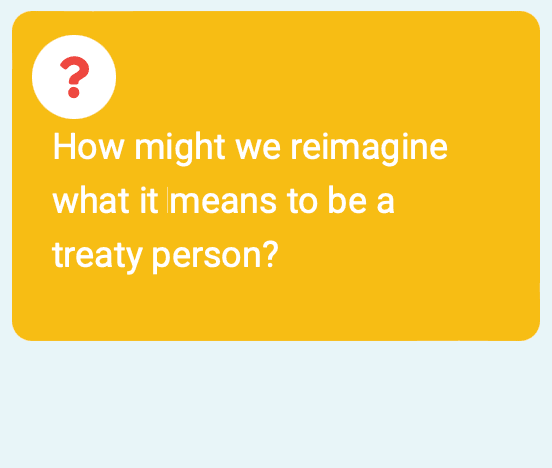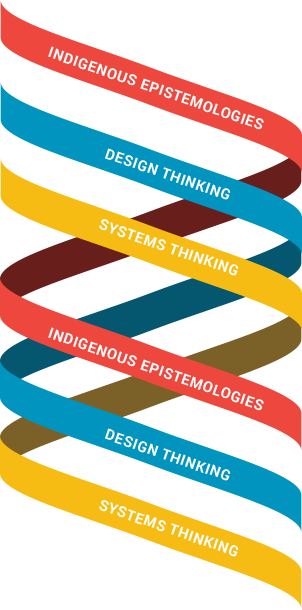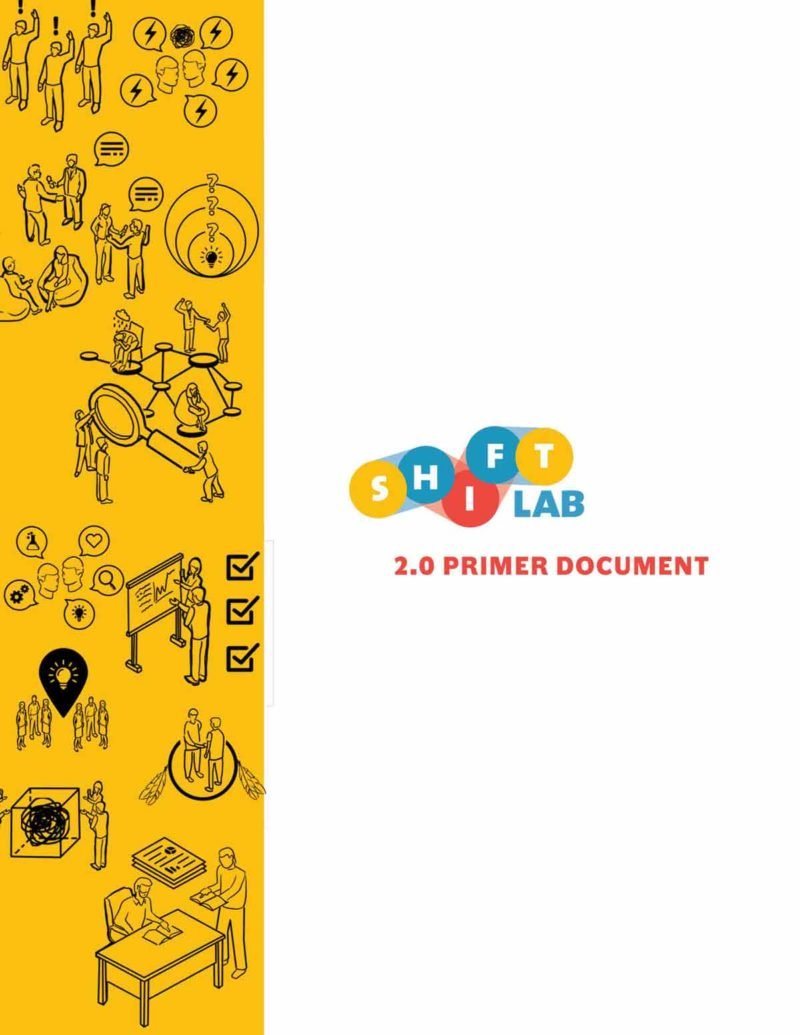ABOUT SHIFT LAB 2.0
Shift Lab 2.0 (2017-2020) was based in amiskwaciwâskahikan on Treaty 6 territory, traditional meeting grounds for the Cree, Saulteaux, Blackfoot, Dene, Nakota Sioux, Iroquois, Métis, and Inuit.
Shift Lab has always been grounded in an action-oriented, community based approach to reduce racism in our city.
The approach of shift lab 1.0 and 2.0 was built on the great anti-racism work already happening in Edmonton and in particular utilized a social innovation lab process grounded in indigenous epistemologies and stewarded by a diverse collective.
Shift Lab 1.0 and 2.0 started from a 5 year partnership between Edmonton Community Foundation and Skills Society Action Lab .
The original partnership of Shift Lab 1.0 and 2.0 came to a close in 2020, however our shift lab community is proud that many of the prototypes to this day continue to grow and have been taken on by independent Shift Lab Stewards, Shift Lab community members, grass roots non-profits and have continued to receive further generous support by the Edmonton Community Foundation, Stollery Foundation, United Way and more.
We hope you take the time to read the learning reports from 1.0 and 2.0.
If you would like to support prototypes to further scale in new ways, or would like to get in touch with an original steward of Shift Lab 1.0 & 2.0 to learn about the process, feel free to reach out.
Listen to a podcast in this link where a few of the Shift Lab stewards explain Shift Lab 2.0

HOW WE GOT TO 2.0
Shift Lab 1.0 began with a tension around scope. The intersection of racism and poverty is wickedly complex. Within the context of Edmonton, it manifests differently depending on culture, on neighbourhood, on what government happens to be in power, and a hundred other factors. A requirement of an action oriented social innovation lab is to start with a well informed and decently scoped challenge area. However, early community consultations told us that the focus couldn’t be developed by the Stewardship team alone – it had to come from community. When we began with Shift Lab 1.0 we recruited a diverse Core team, and their first task was to pick a focus area where racism and poverty intersected. This diverse cross section of Edmontonians decided to work on racism within housing. Some promising prototypes emerged and some are being piloted currently, however we also recognized we needed to go deeper into root causes of racism in Shift Lab 2.0.
When the Stewardship team began reflecting on what we had learned from 1.0, we returned to this problem of scope either getting too big or being too narrowly focused. This led to a big a-ha! moment for 2.0: we realized that we needed to drop the intersection with poverty and focus on racism.
To get more focused and discover where there was demand for work around racism, we initiated a research phase that lasted about eight months.
WHAT DID THE DISCOVERY PHASE TEACH US?
In the discovery phase, we focused on three areas:
Racism Indigenous ways of knowing Behaviour change
We hired research experts in each domain area to gather insights and data to find critical leverage points that would help us design 2.0. Along the way, we actively looked for partnerships with organizations that were interested in making changes around racism, and ways to make deep and meaningful change with this work. From this discovery, we came up with potential guiding questions, which we shared with our mentors for advice and guidance.
While in discovery phase, we simultaneously ran an international speaker series to share expert insights and ideas around racism with Edmontonians. This series was open to community and attracted people working in this space and those curious around the city. The views of these expert authors on practises that were working outside of Canada helped us formulate our direction.
Based on these three factors — what we learned from Shift Lab 1.0, what we learned during the discovery phase, and what we learned from the speaker series — we landed on our scope and direction for 2.0.
CHALLENGE SCOPE
FOR SHIFT LAB 2.0
The guiding question for Shift Lab 2.0 is this:
How might we create better anti-racism interventions that acknowledge everyone’s humanity and create behaviour change?
This question helps guide the four prototype team challenge questions:
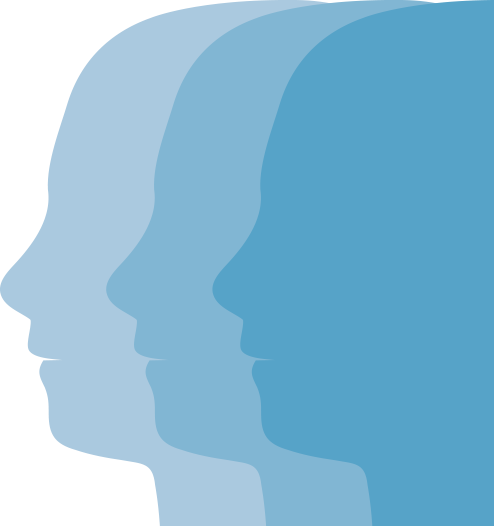
THE MAIN AUDIENCE
WE WERE TRYING TO SHIFT
The “sleepy middle” is an archetype that has emerged in the development of Shift Lab 2.0. Imagine a continuum: on one end, there are the tiki torch-carrying racists who care only for people who look like them. On the other, there are passionate anti-racist activists, seeking dignity and respect for all. The sleepy middle is somewhere between these two poles. They may think of themselves as good people who “don’t see colour.” They would be shocked by a racist joke but might also be unaware of how systemic racism is infused in everyday life. They have varying levels of understanding of what racism is, whether it still exists, and why it’s important to work to end it.The Edmonton Shift Lab is based in amiskwaciwâskahikan on Treaty 6 territory, traditional meeting grounds for the Cree, Saulteaux, Blackfoot, Dene, Nakota Sioux, Métis, and Inuit.
APPROACH FOR 2.0:
THE TRIPLE HELIX
When you have a really tricky problem like racism, it requires thinking and doing in creative ways. The design and facilitation of a lab is what supports the learnings, prototypes and people to deeply think about and understand the problem. In Shift Lab 1.0, the process adopted Human Centered Design (HCD), Systems Thinking and Theory U. Along the way, we discovered that Indigenous methodologies have some startling similarities with design and systems thinking. We wondered what would it look like if with the right guidance we could put these three ways of thinking into conversation with one another? As a result, we intentionally brought together a triple helix process to all our workshops and research. The triple helix is a braid of treaty six Indigenous epistemologies, design thinking, and systems thinking.
SHIFT LAB 2.0 PRIMER DOCUMENT
Learn more the principles underlying Shift Lab 2.0
